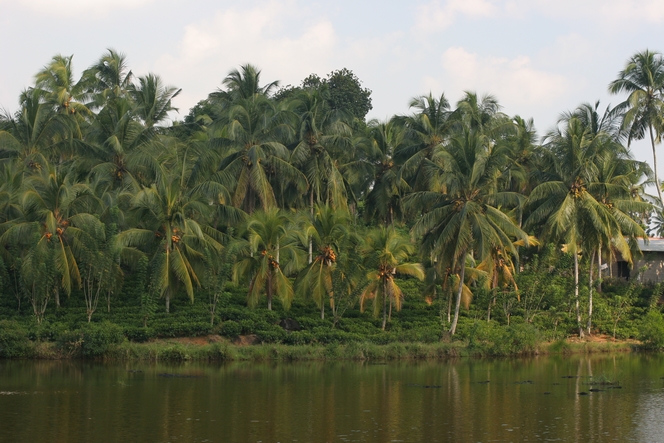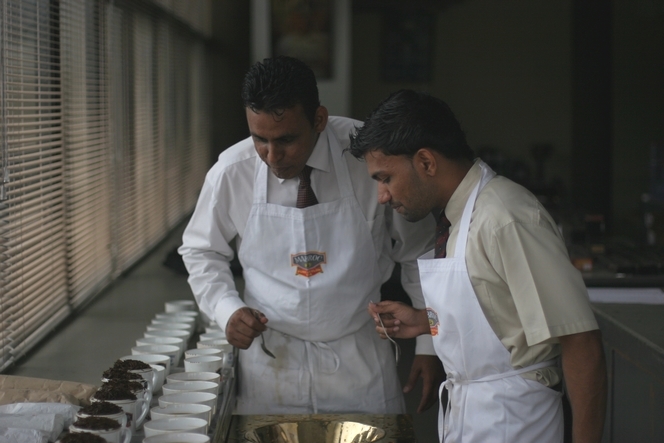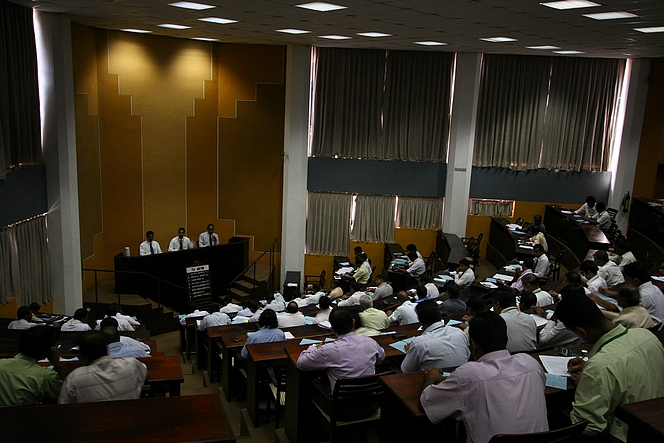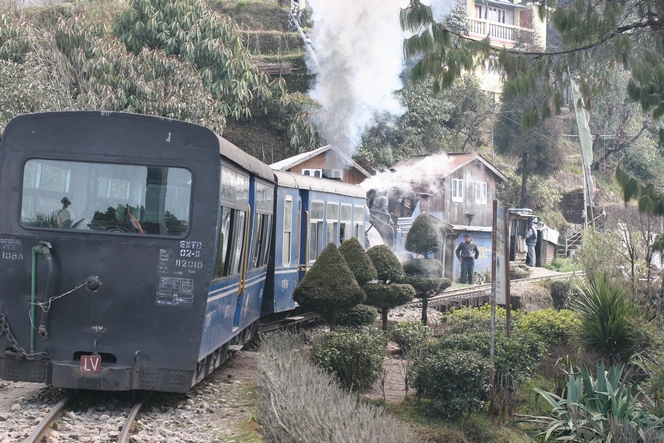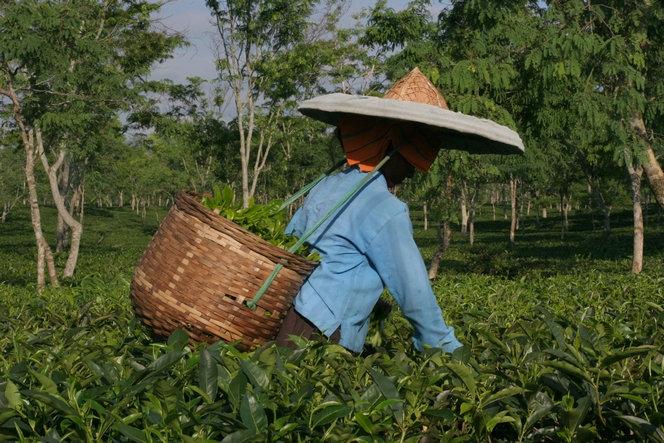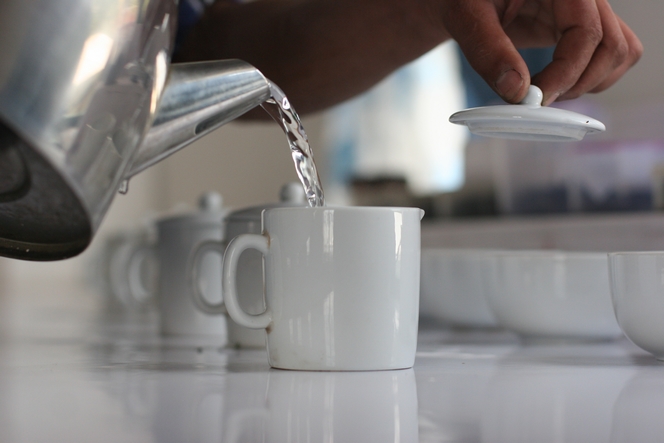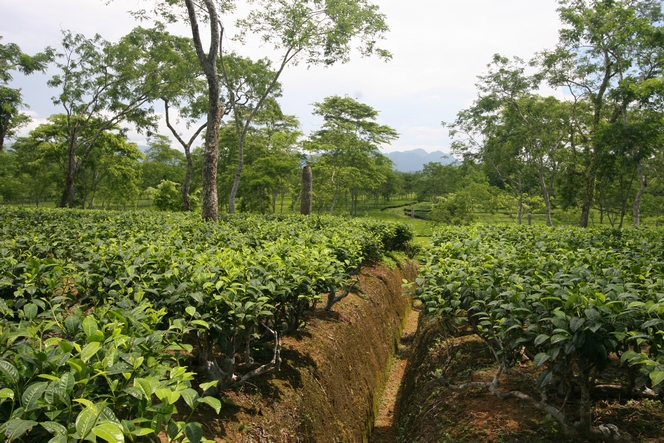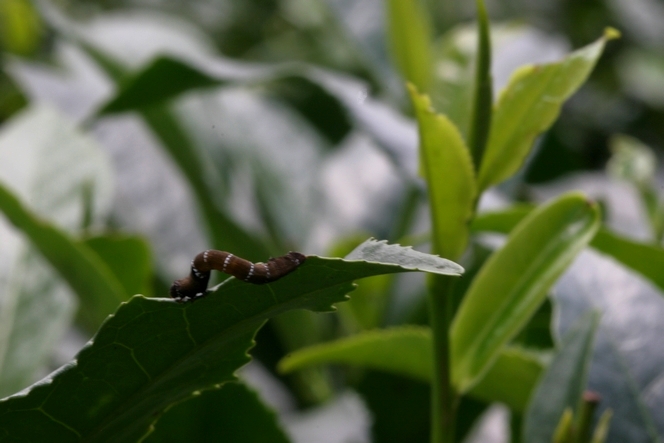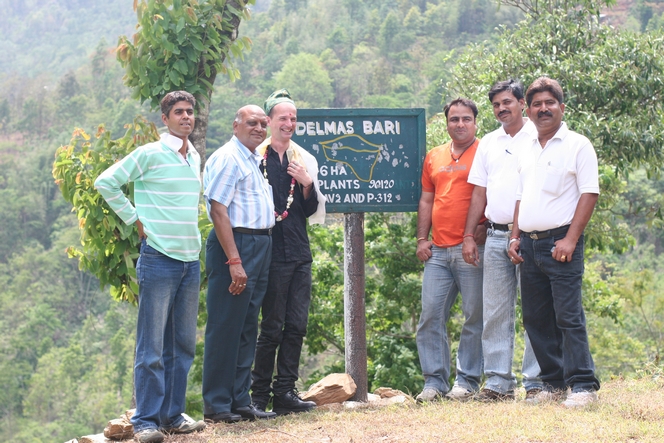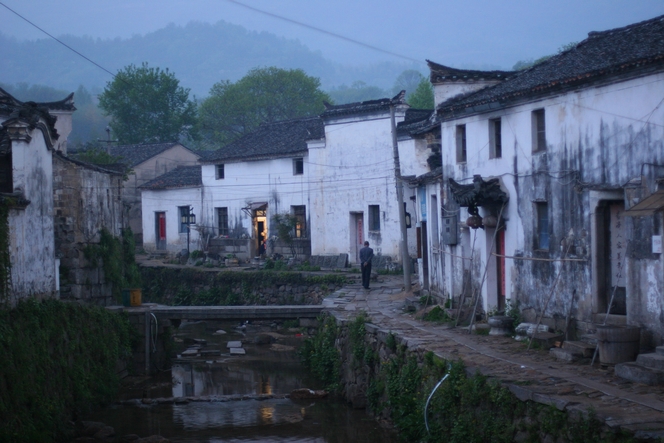I am writing this in Colombo, in the room where the weekly tea auctions are held. In fact there are many auction rooms like the one I’m sitting in now, where different grades are sold.
The three people you see on the platform are brokers. In the days preceding the auction they will have received hundreds of samples from the tea plantations. They print a catalogue listing all the lots of tea available, which they send to the exporters, and today they are selling the teas.
The men sitting in this room – strangely there are no women – are exporters. They are officially recognised as such, and are almost the only people with the right to export tea from Sri Lanka.
What amuses me about this photo is that everyone seems so calm, whereas in reality the place is buzzing with activity. The man in the centre of the platform is announcing the lots to be sold and is speaking at an incredible rate. A few seconds later he brings the hammer down and moves on to the next sale. He spots a man raising an eyebrow, which means he is bidding higher, or another lifting a finger, and when nobody else moves, it means the deal is done.

